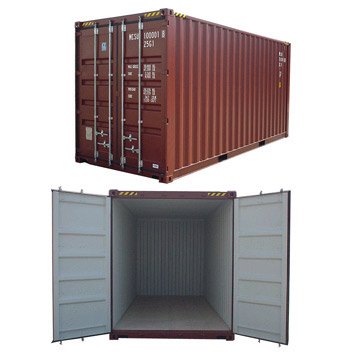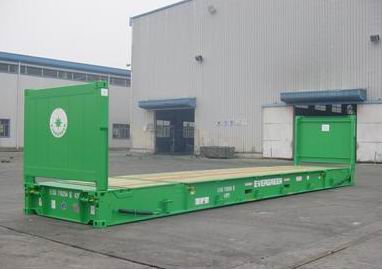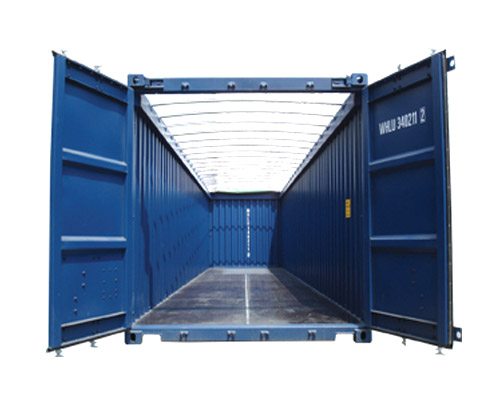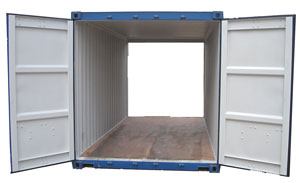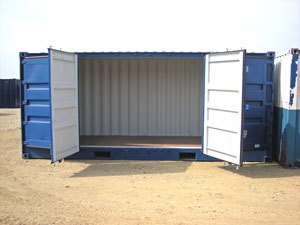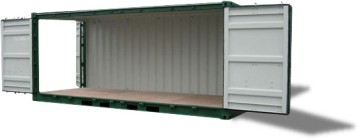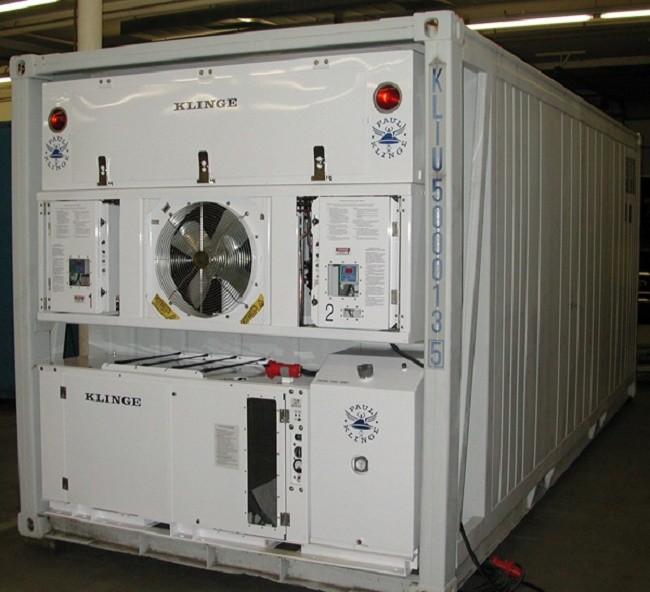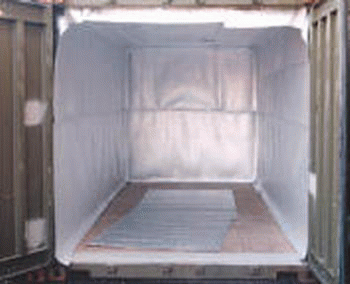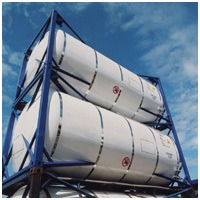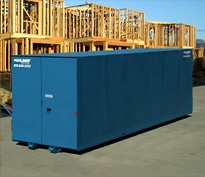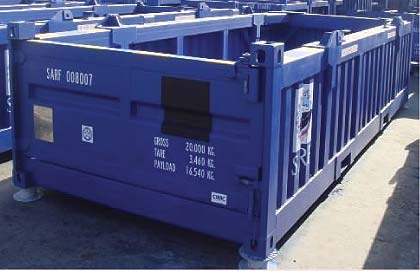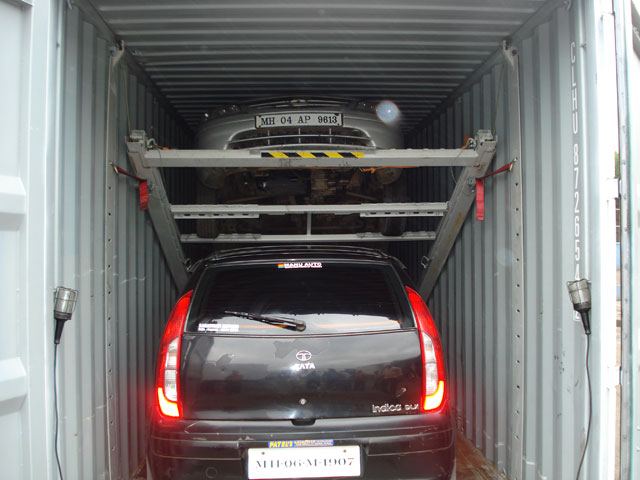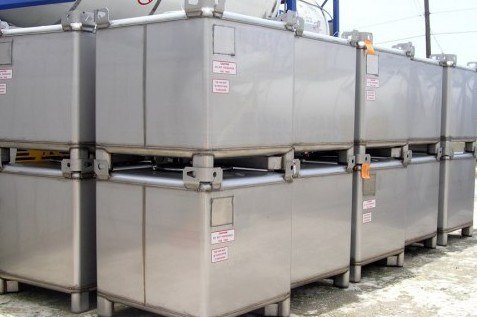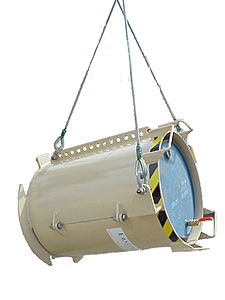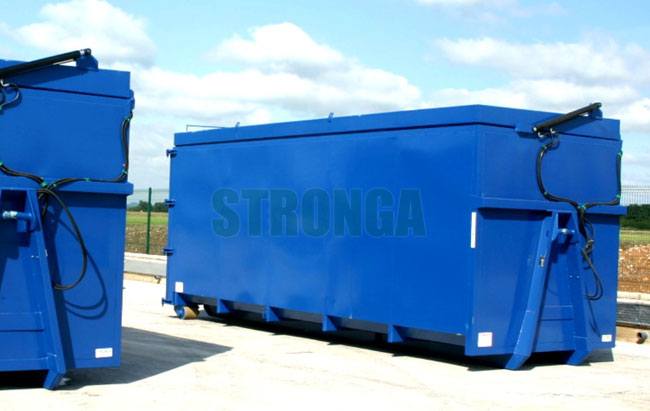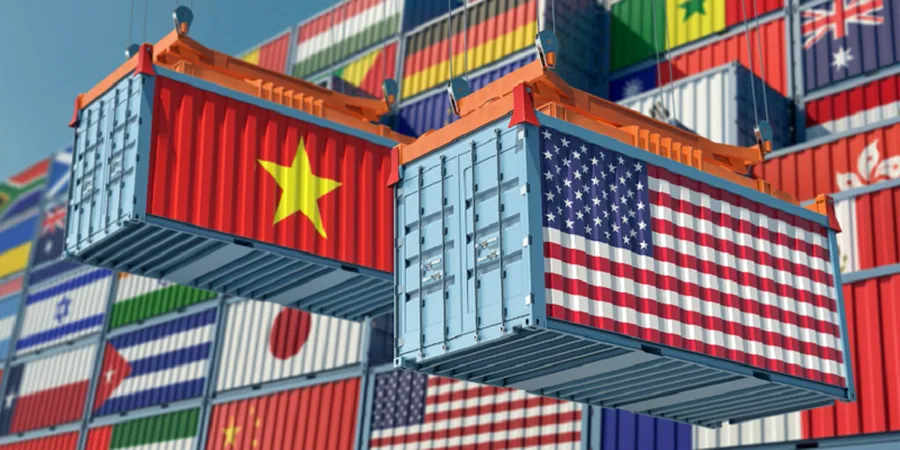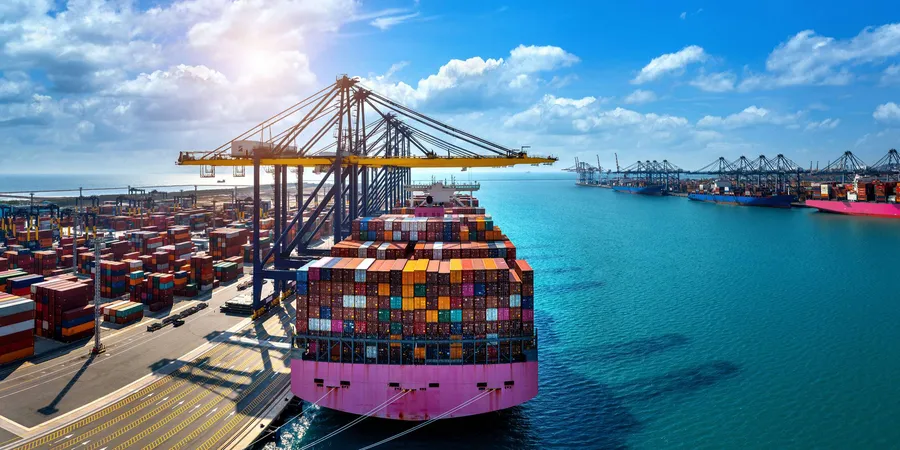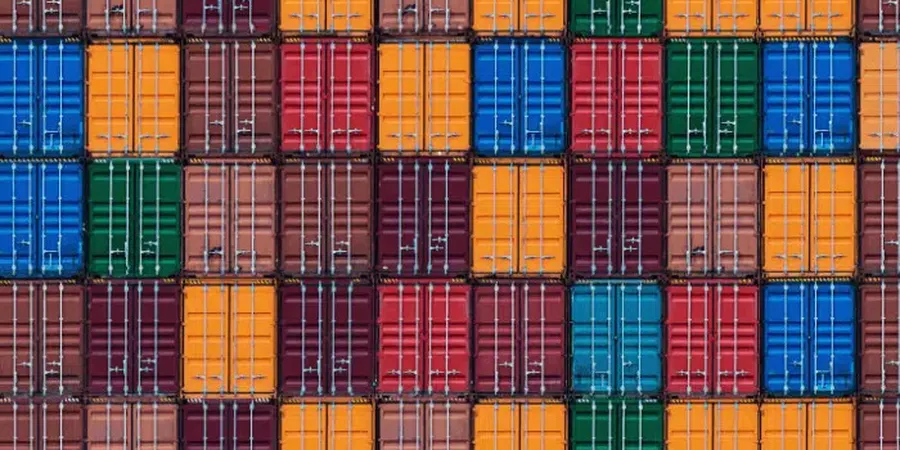16 Types of Container Units and Designs for Shipping Cargo
Container units form the most integral part of the entire shipping industry, trade, and transport. These shipping containers are the structures that store various kinds of products that need to be shipped from one part of the world to another using different types of container ships.
Moving containers protect contents on the long journeys they make and ensure they make it back to you in one piece.
As such, depending on the type of products to be shipped or the special services needed from them, container units may vary in dimension, structure, materials, construction etc. various types of shipping containers are being used today to meet requirements of all kinds of cargo shipping.
Some of the most common types of shipping containers in use today are mentioned below.
1. Dry storage container
The most commonly used shipping containers; they come in various dimensions standardized by ISO. They are used for shipping of dry materials and come in the size of 20ft, 40 ft and 10ft.
2. Flat rack container
With collapsible sides, these are like simple storage shipping containers where the sides can be folded so as to make a flat rack for shipping of a wide variety of goods.
3. Open top container
With a convertible top that can be completely removed to make an open-top so that materials of any height can be shipped easily.
4. Tunnel container
Container storage units provided with doors on both ends of the container, they are extremely helpful in quick loading and unloading of materials.
5. Open side storage container
These storage units are provided with doors that can change into completely open sides providing a much wider room for loading of materials.
6. Double doors container
They are kind of storage units that are provided with double doors, making a wider room for loading and unloading of materials. Construction materials include steel, iron etc in standardized sizes of 20ft and 40ft.
7. Refrigerated ISO containers
These are temperature regulated shipping containers that always have a carefully controlled low temperature. They are exclusively used for shipment of perishable substances like fruits and vegetables over long distances.
8. Insulated or thermal containers
These are the shipping storage containers that come with a regulated temperature control allowing them to maintain a higher temperature.
The choice of material is so done to allow them a long life without being damaged by constant exposure to high temperature. They are most suitable for long-distance transportation of products.
9. Tanks
Container storage units used mostly for transportation of liquid materials, they are used by a huge proportion of the entire shipping industry. They are mostly made of strong steel or other anti-corrosive materials providing them with long life and protection to the materials.
10. Cargo storage roll container
A foldable container, this is one of the specialized container units made for purpose of transporting sets or stacks of materials. They are made of thick and strong wire mesh along with rollers that allows their easy movement. Availability in a range of coloured wire meshes makes these shipping container units a little more cheerful.
11. Half height containers
Another kind of shipping containers includes half height containers. Made mostly of steel, these containers are half the height of full-sized containers. Used especially for good like coal, stones etc which need easy loading and unloading.
12. Car carriers
Car carriers are container storage units made especially for shipment of cars over long distances. They come with collapsible sides that help a car fit snugly inside the containers without the risk of being damaged or moving from the spot.
13. Intermediate bulk shift containers
These are specialized storage shipping containers made solely for the purpose of intermediate shipping of goods. They are designed to handle large amounts of materials and made for the purpose of shipping materials to a destination where they can be further packed and sent off to final spot.
14. Drums
As the name suggests, circular shipping containers, made from a choice of materials like steel, lightweight metals, fibre, hard plastic etc. they are most suitable for bulk transport of liquid materials. They are smaller in size but due to their shape, may need extra space.
15. Special purpose containers
Not the ordinary containers, these are the container units, custom made for specialized purposes. Mostly, they are used for high profile services like the shipment of weapons and arson. As such, their construction and material composition depend on the special purpose they need to cater to. But in most cases, security remains the top priority.
16. Swap bodies
They are a special kind of containers used mostly in Europe. Not made according to the ISO standards, they are not standardized shipping container units but extremely useful all the same. They are provided with a strong bottom and a convertible top making them suitable for shipping of many types of products.
Reference: Marine Insight


